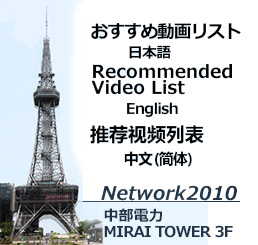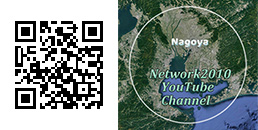- Nagoya in the Edo period(1603-1868)
- ①The Okehazama ancient battlefield
- ②Arimatsu to Miya post‐town
- ③Miya post-town
- ④Atuta Shrine
- ⑤Atsuta~Furuwatari
- ⑥Tachibana-cho
- ⑦Osu Kannon Temple
- ⑧Osu Monzencho
- ⑨Shirakawa Park
- ⑩Nagoya Castle Town 01
- ⑪Nagoya Castle Town 02
- ⑫Toshogu Shrine Festival
- ⑬Horikawa River1
- ⑭Horikawa River2
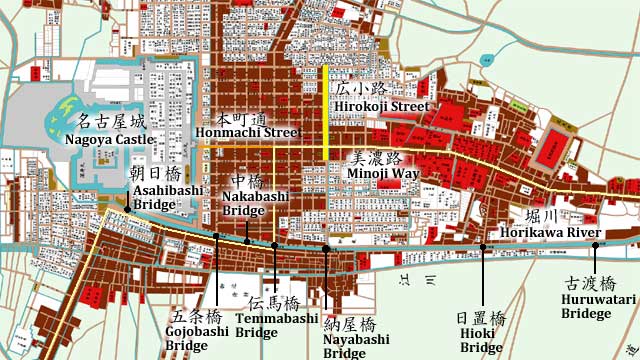
江戸時代地図(堀川) 古渡橋~朝日橋(名古屋城)
Seven bridges were constructed over Horikawa River in the early stages of the Edo(1603-1867) period. Oto Bridge was frequently constructed again frequentl by the flood and had been also called Shinbashi(new bridge). The Furuwatari bridge was located in the second from the mouth of the river. Hundreds of cherry trees were planted on the both banks of Horikawa river. It had been known as a famous place of cherry blossom viewing, and was crowded with many spectators when spring came. Since Suzaki shrine was near the sea a long time ago, it had been also called the Tennozaki(Tenno cape). Hiroimitsukura was the rice granary of the Owari feudal clan. It was built on the east riverbank of Horikawa River by Hukushima Masanori. Tenma Bridge is one of the seven bridges constructed over Horikawa River in the Edo period.
Shikemichi(path) has been located in Horikawa's west(from Naka Bridge to Gojo Bridge). This path was extended to about 7m in 1700 for fire prevention after the big fire. The warehouses of the wealthy merchant along Horikawa River have been located in a line till now, and serve as a sightseeing spot in Nagoya. Horikawa river had stopped at Asahi-bashi bridge in early stages of the Edo period, and was extended and connected to Shonai river in 1663.
Owari-meisho-zue colored by the digital technology
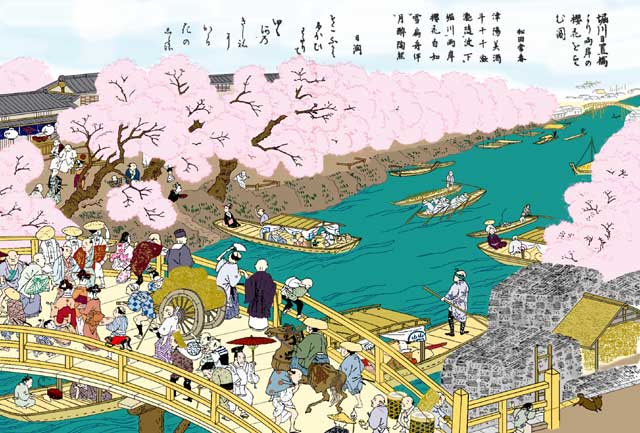
Hioki-bashi bridge
Hundreds of cherry trees were planted in the both banks of Horikawa river around the Hioki-bashi bridge. It was crowded with many spectators when a cherry-blossom season came.
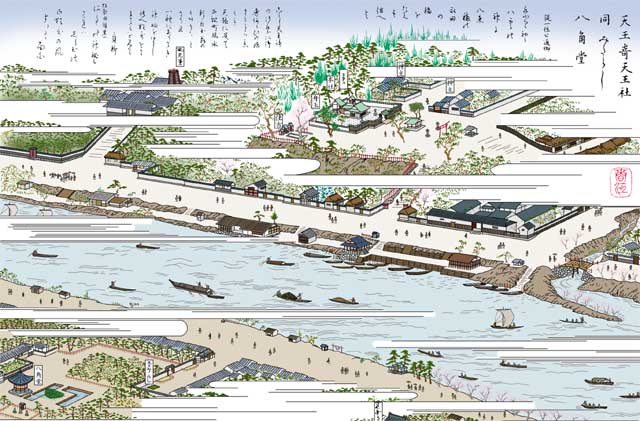
Suzaki-jinjya Shrine and Hozoji temple Hakkaku-do
Suzaki-jinjya is the shrine which deifies Susanoo-no-Mikoto (a deity worshipped by the Japanese). Although this shrine had owned the vast site before the Nagoya Castle construction, the site was reduced for Horikawa's digging.Suzaki Shrine Tennoh Festival had been the two major festivals of Nagoya in the Edo period. First Seido in Japan (a temple dedicated to Confucius) built on Nagoya Castle Ninomaru Garden by Tokugawa Yoshinao. This temple was transferred to Hozoji temple by the seventh lord Yoshimune. Since the form was an octagon,this temple was called Hakkaku(an octagon)-do(temple).
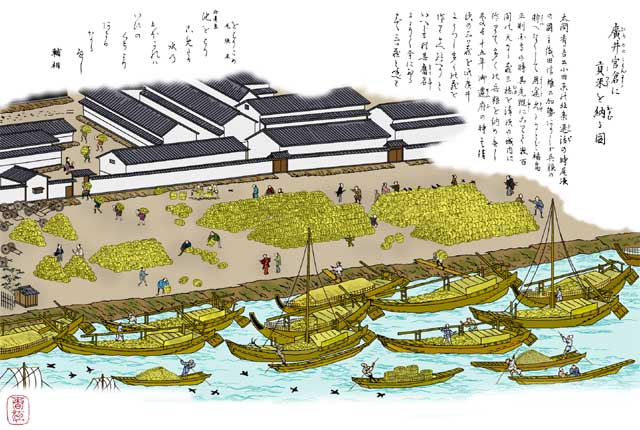
Hiroi-mitsukura(Owari feudal domain rice granary)
Fukushima Masanori participated in the battle against the Hojo family as a vassal of Toyotomi Hideyoshi in 1590. He experienced a shortage of army rice in the battle. He built three big rice granaries from the teachings within the Kiyosu castle. He became a vassal of Ieyasu, when the Toyotomis house went to ruin and Tokugawa Ieyasu established political power. He build rice granary of the Owari clan by the command of Ieyasu on the left bank of Horikawa river of the south of Nayabashi bridge. Masanori built three big rice granaries like the front. Then, although the quantity of the granaries had increased, it had been called as usual "Mikura (three rice granaries)."
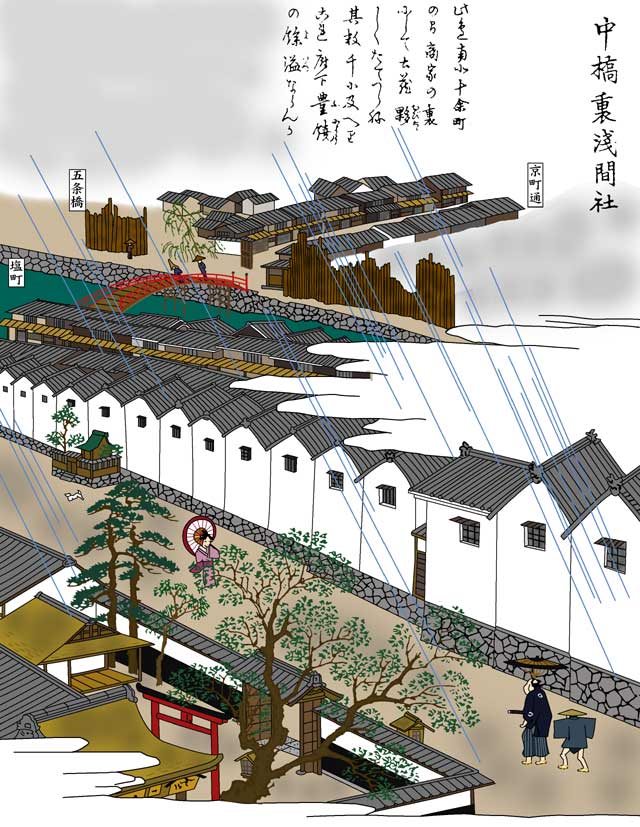
Shike-michi(path)
Shikemichi path is a street of the west side of Minoji Way along Horikawa river. The section is about Gojobashi bridge from Nakabashi bridge over Horikawa river. The big fire broke out in 1700 and this way was widened to about 7m for fire prevention. Since road width was four Ken(about 1.8m) , this street has been called "Shi(four)-ke(ken)-michi(street)." Here is one of a few the place which reminds the image of the Edo period(1603-1868) in Nagoya City , and is specified as traditional architectures preservation district .
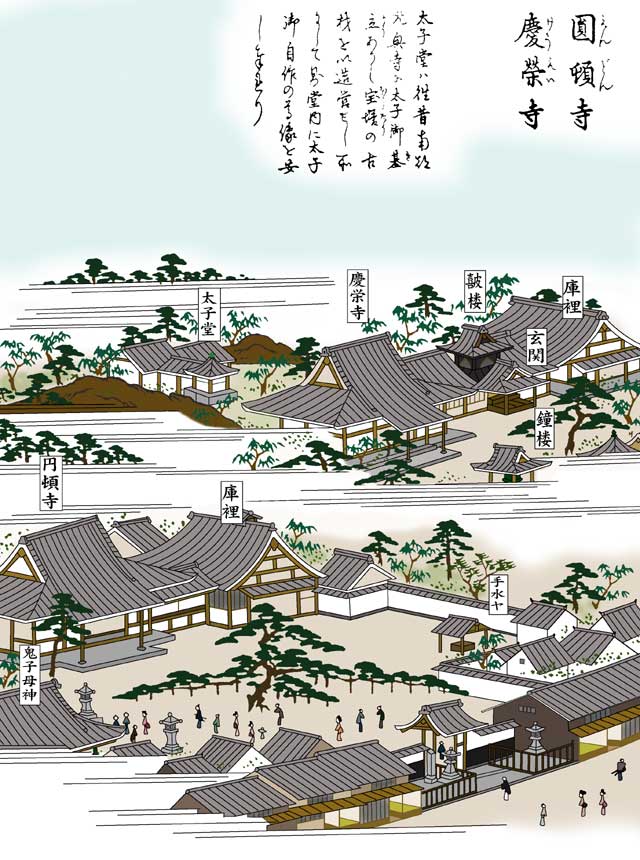
Endoji temple and Keeiji temple
Endoji temple was founded near Nagoya International Center which is south about 300 m from a its present location in 1654. This temple was burned down in big fire, and was relocated to the its present location in 1743. Keieiji is the temple founded in 1504. When the capital of Owari clan transferred to Nagoya, this temple was also relocated to Nagoya. Since this temple suffered damage from big fire in 1724, was relocated to the its present location. Endoji shopping street started as a temple town of Endoji temple. Meitetsu Line and the municipal streetcar passed along the neighborhood, therefore the access had been well. It had been prospered as shopping street located along with Osu till the middle of Showa Era(1936-1989). Meitetsu Line's Horikawa station and the municipal streetcar were abolished, and a decline of the town started. This town is capturing the spotlight as the area which preserves the image of the good old days.
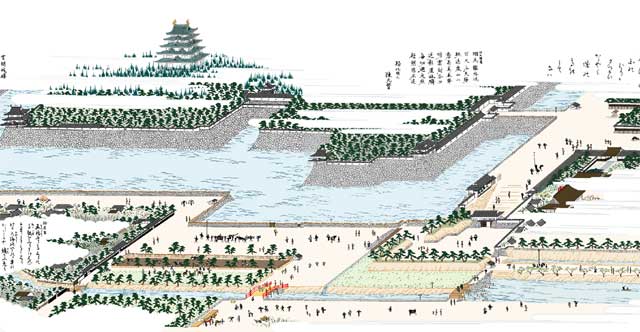
Asahibashi bridge Horidome(the terminal point of a canal)
At the beginning,Horikawa river had stopped at the Asahi bridge drawn in the center of the picture , and the water which gushed from the moat of Nagoya Castle was flowing into Horikawa like a waterfall. In the middle of the Edo period(1603-1868), this spring was drained, and in order to purify Horikawa, the canal linked to the Shonai river was dug. On Asahi bridge, the stone monument which shows the mark of Horideme has been placed. Now, sightseeing boats has been cruising Horikawa river,and the landing place is installed under Asahi bridge.
Map
Video
【Video】Horikawa River(Huruwatari Bridge-Nagoya Castle)
Video
【Video】Shike-michi(path)
Photo
-
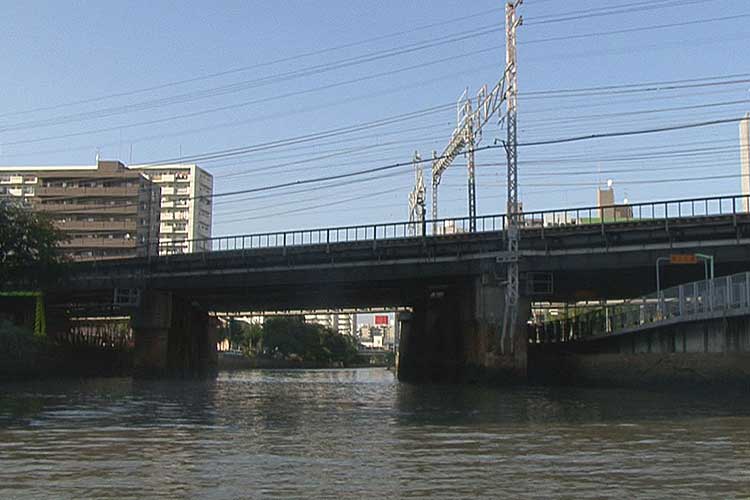
To Furuwatari-bashi(bridge)
-
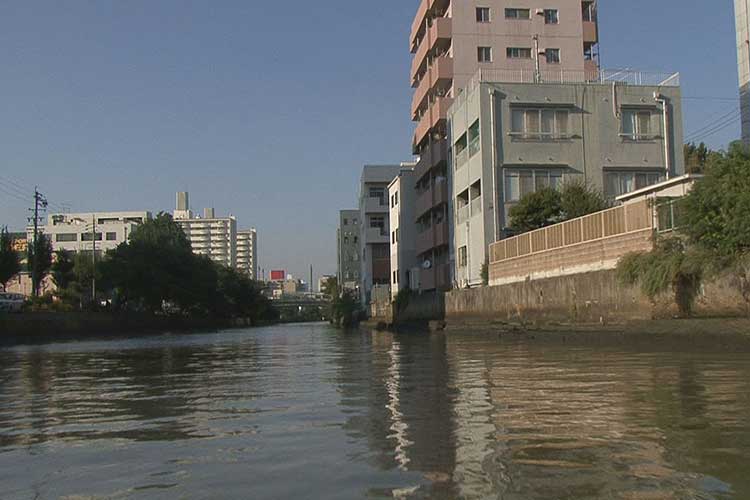
To Furuwatari-bashi(bridge)
-
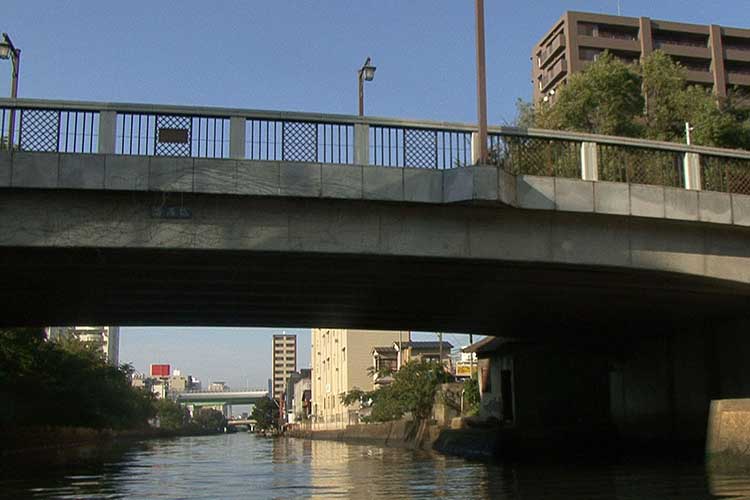
Furuwatari-bashi(bridge)
-
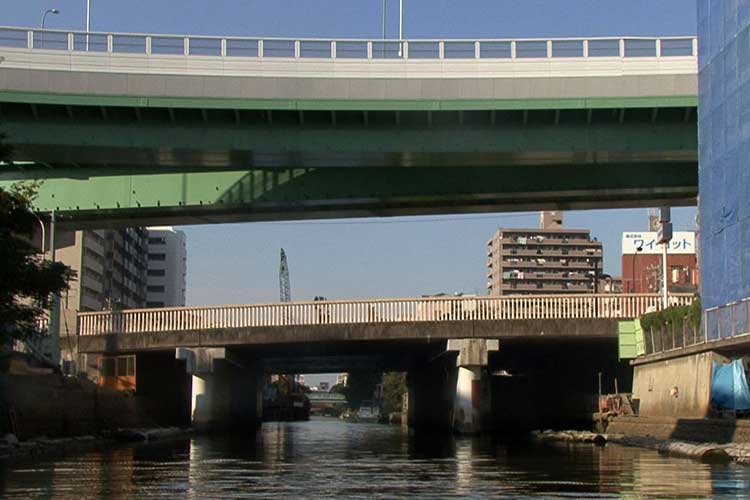
Sanno-bashi(bridge)
-
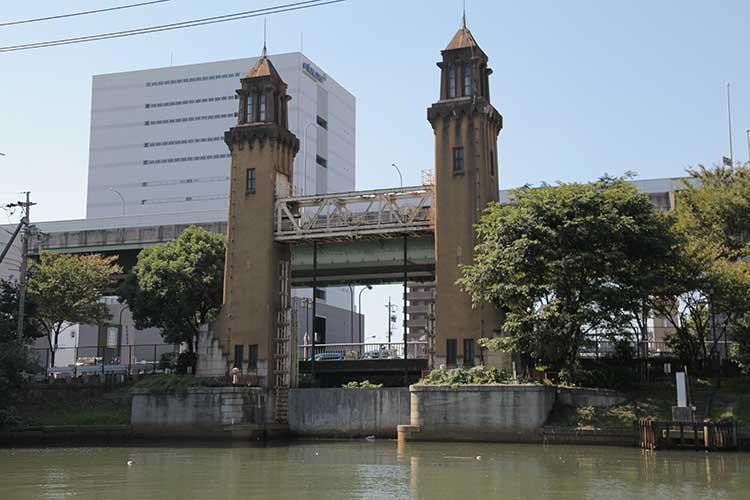
Matsushige lock gate
-
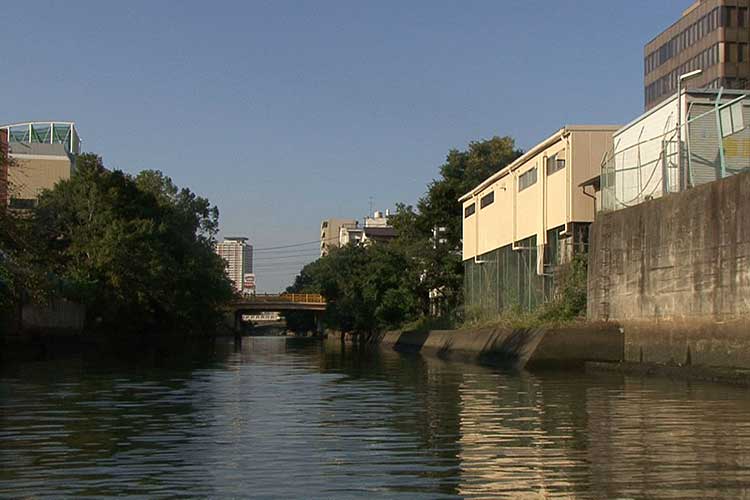
To Hioki-bashi(bridge)
-
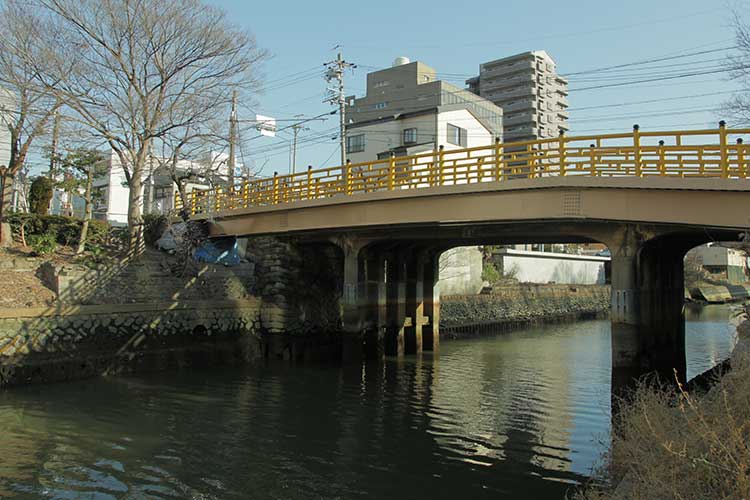
Hioki-bashi(bridge)
-
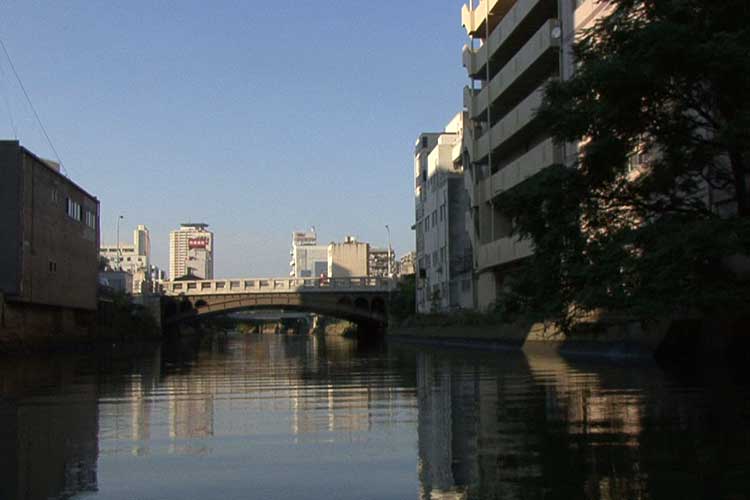
Iwai-bashi(bridge)
-
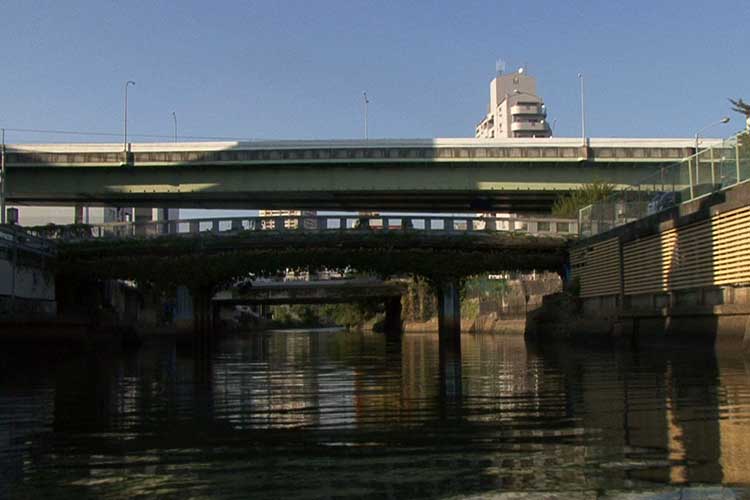
Suzaki-bashi(bridge)
-
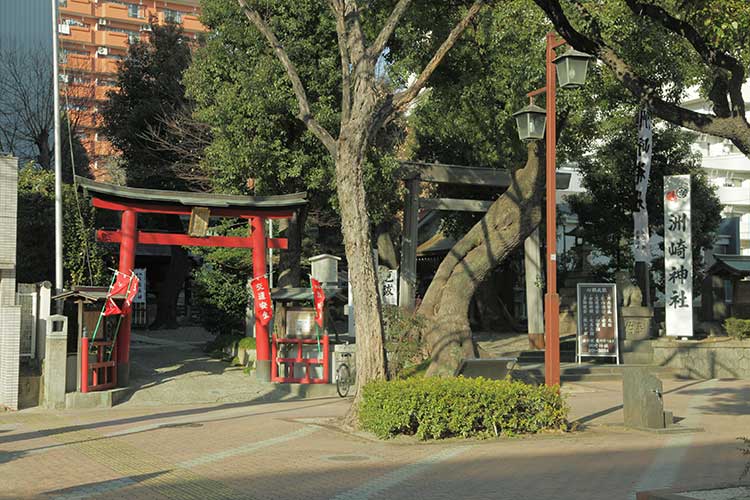
Suzaki shrine
-
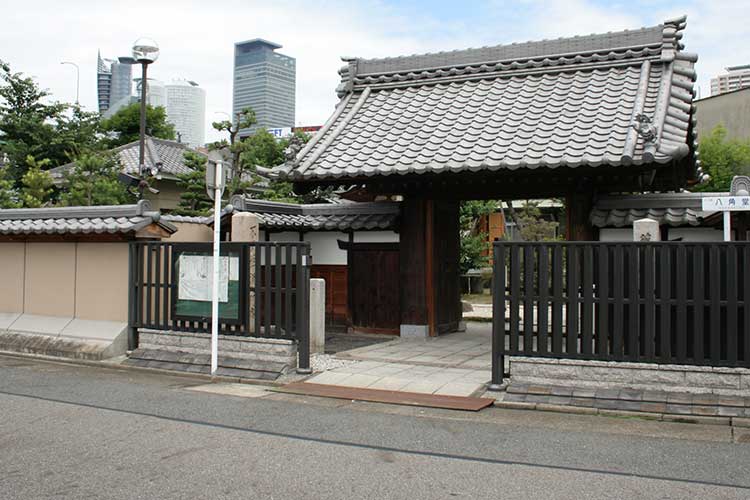
Hozoji(temple)
-
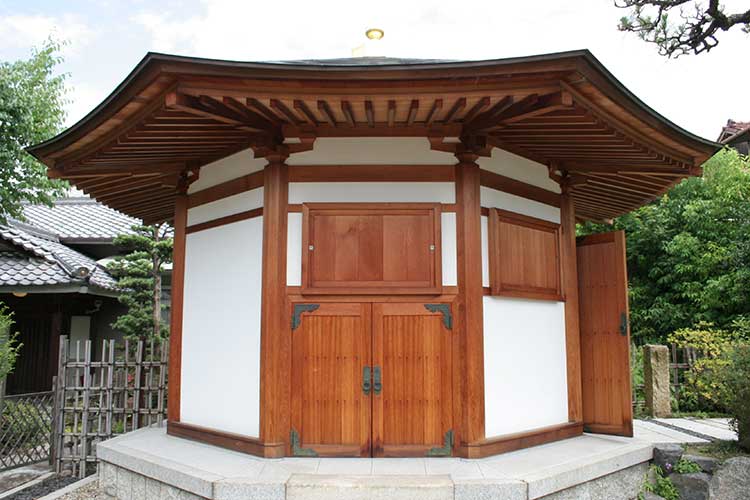
Hozoji(temple) Hakkaku-do
-
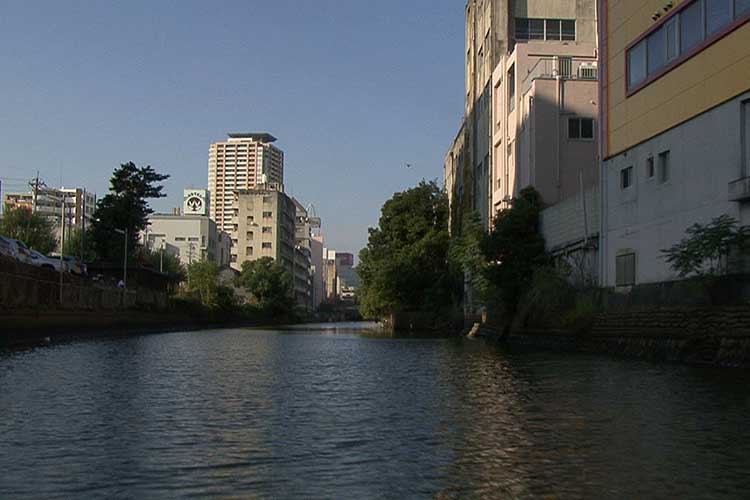
To Tannozaki-bashi(bridge)
-

The site of Aichi medical school
-

Tannozaki-bashi(bridge)
-
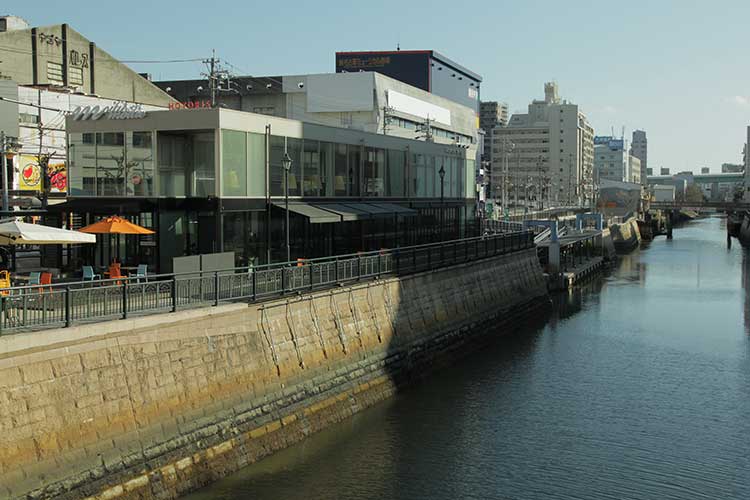
The site of Hiroi-mitsukura
-
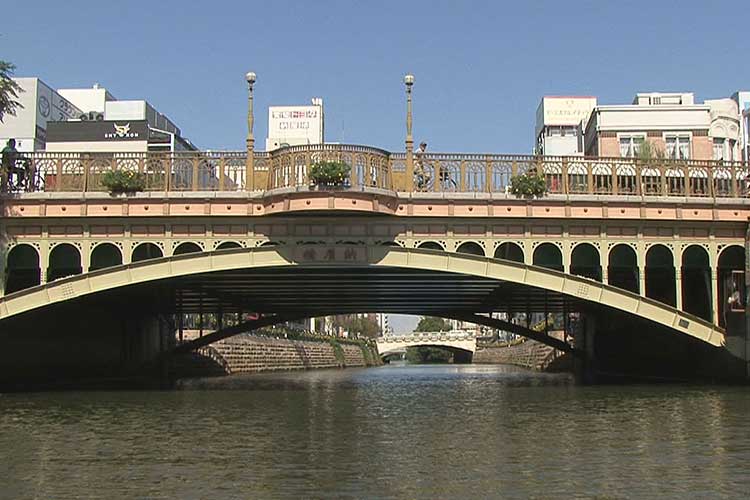
Naya-bashi(bridge)
-
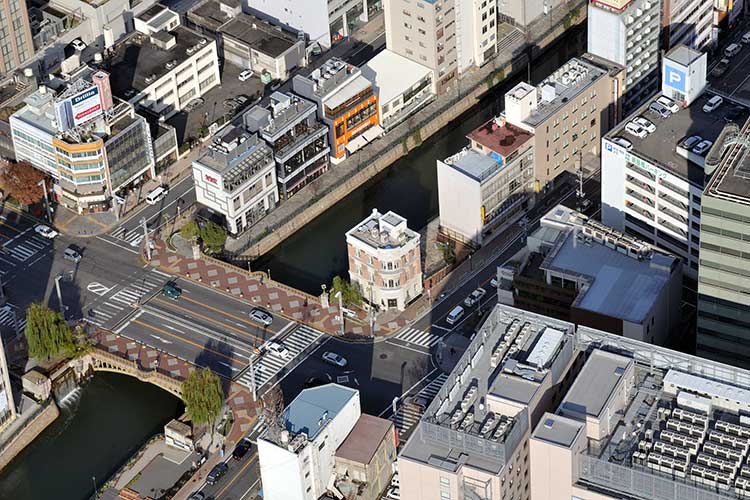
Naya-bashi(bridge)
-
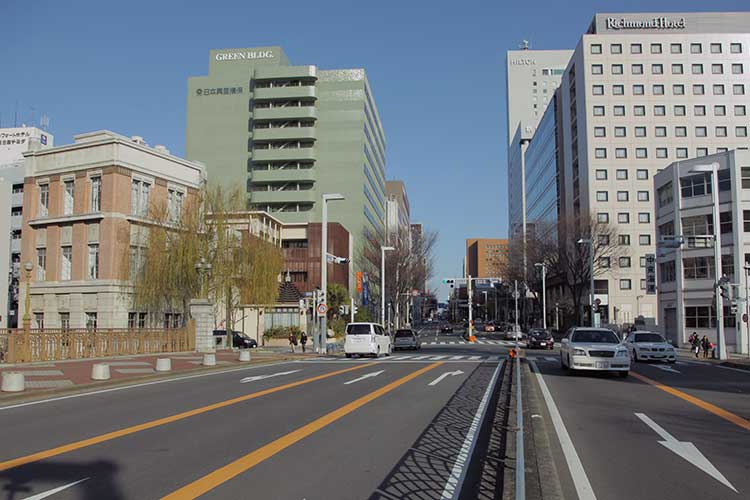
Hirokoji(street) on Naya-bashi(bridge)
-
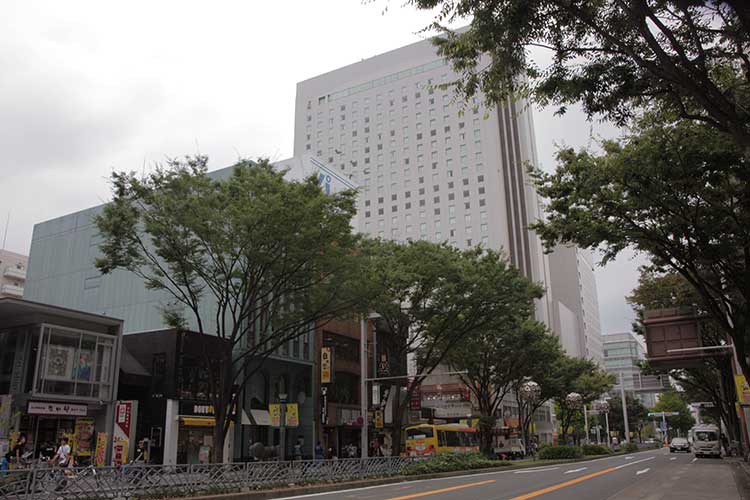
Hilton Hotel Nagoya
-
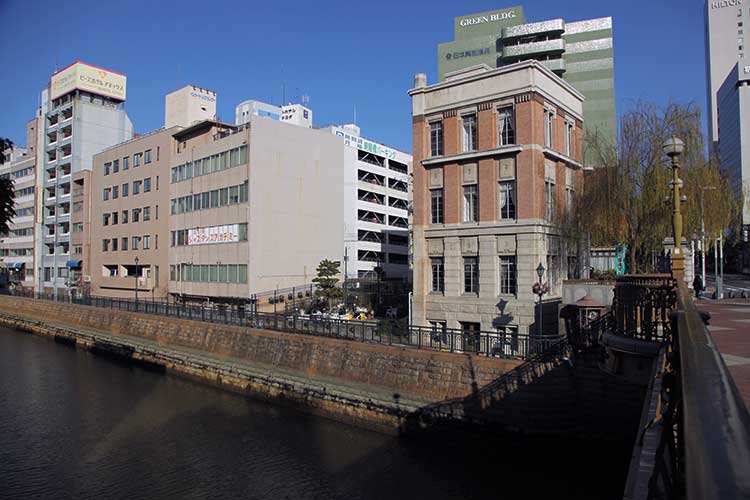
Former Kato Shokai Ltd.
-
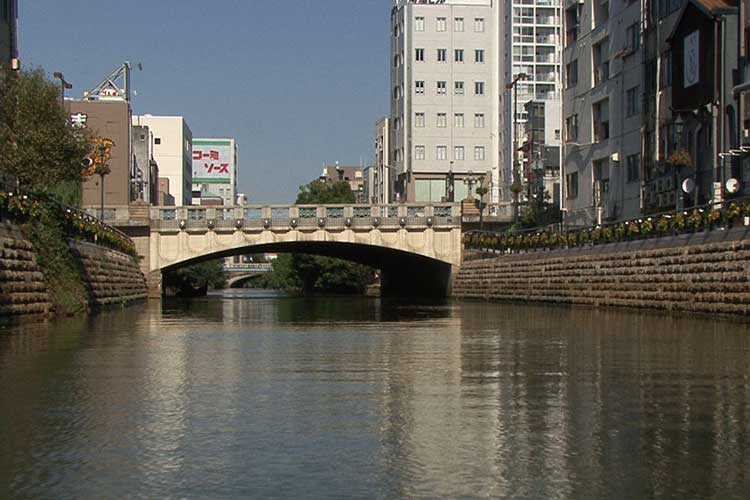
Nagoya Kanko Hotel(Nishiki-dori)
-
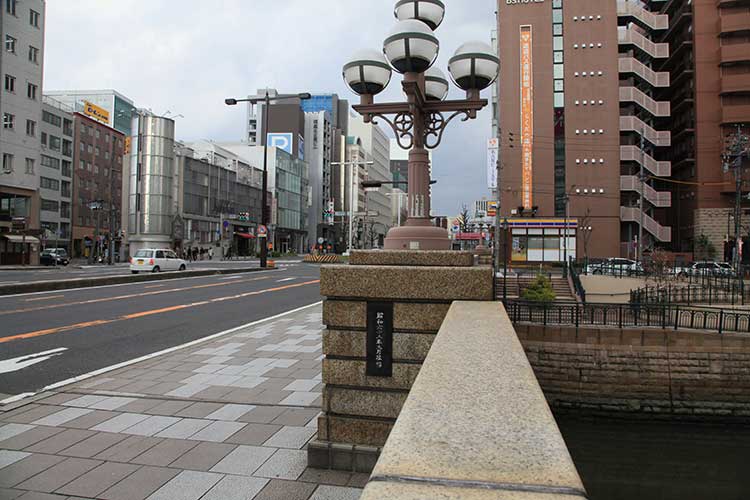
Nagoya Kanko Hotel(Nishiki-dori)
-
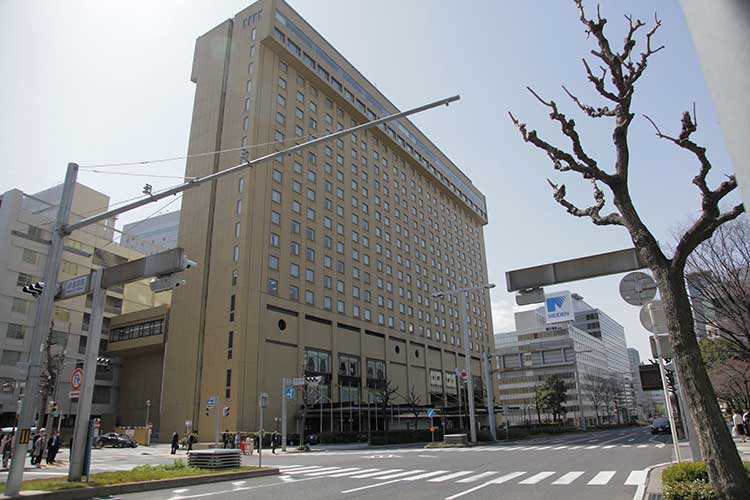
Nagoya Kanko Hotel(Nishiki-dori)
-
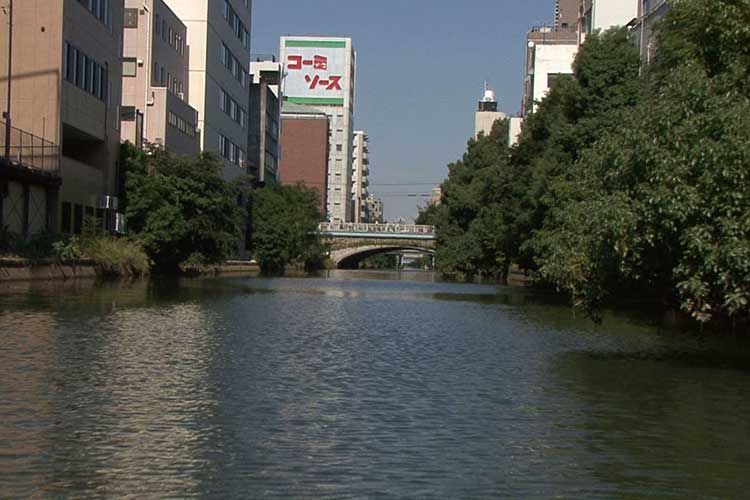
To Tenma-bashi(bridge)
-
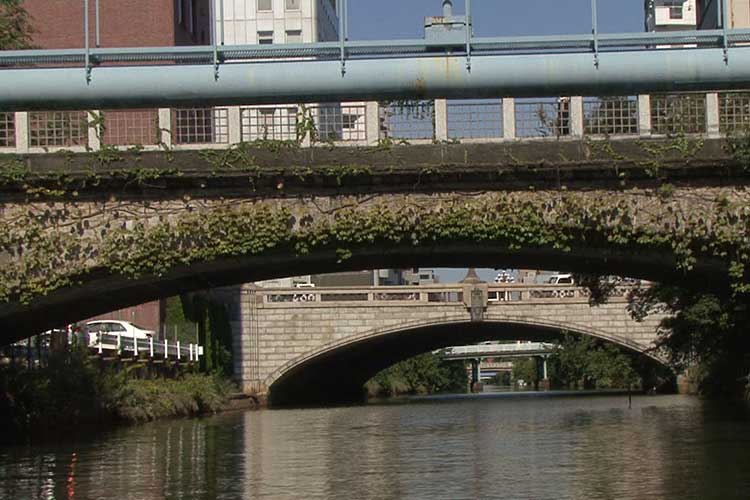
Sakura-bashi(bridge)
-
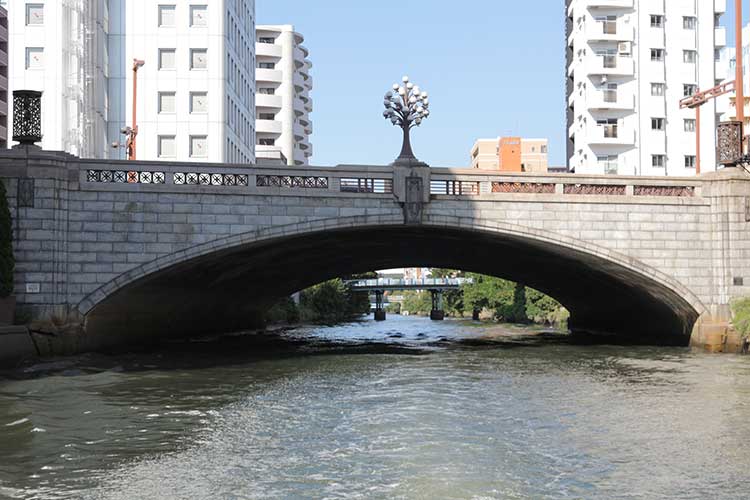
Sakura-bashi(bridge)
-
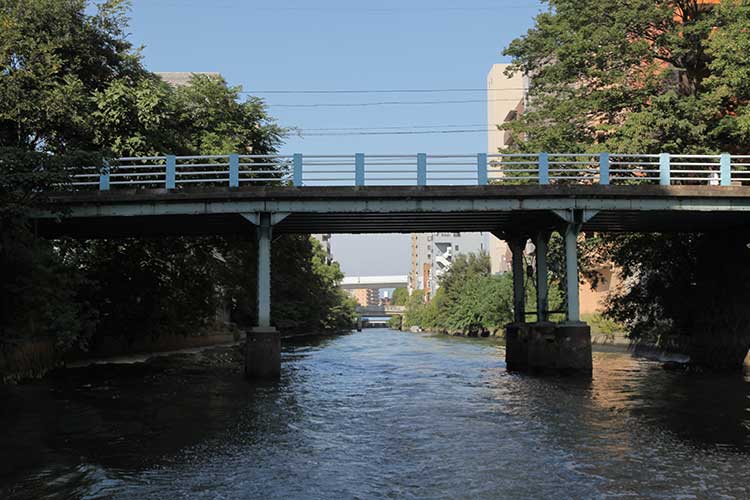
Naka-bashi(bridge)
-
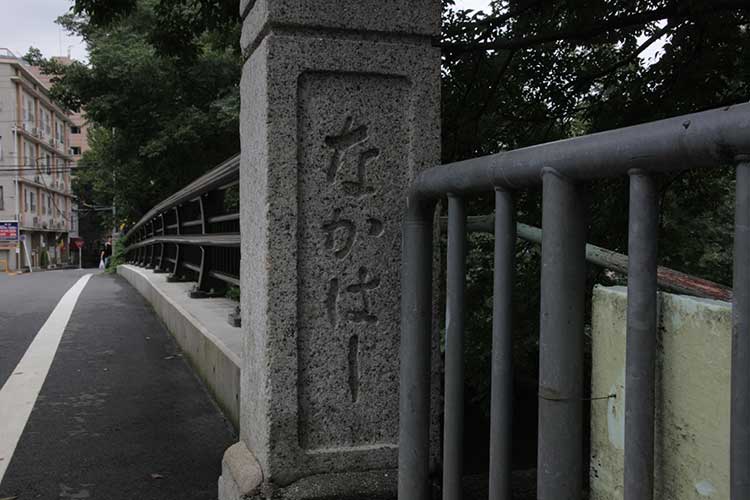
Naka-bashi(bridge)
-
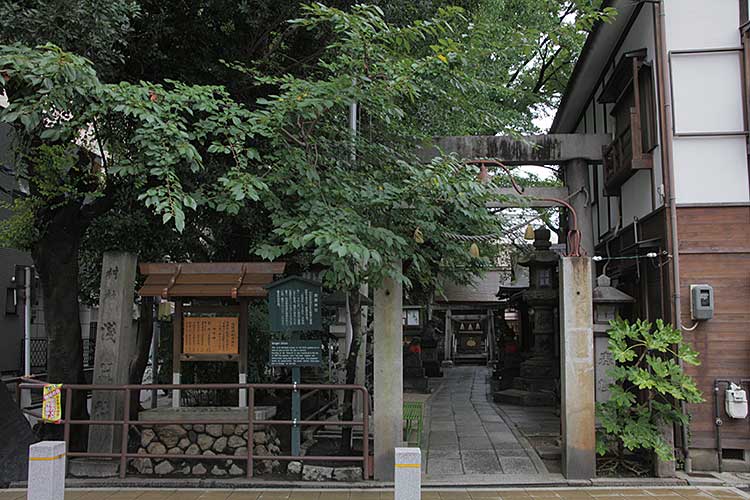
Sengen-jinjya(shrine)
-
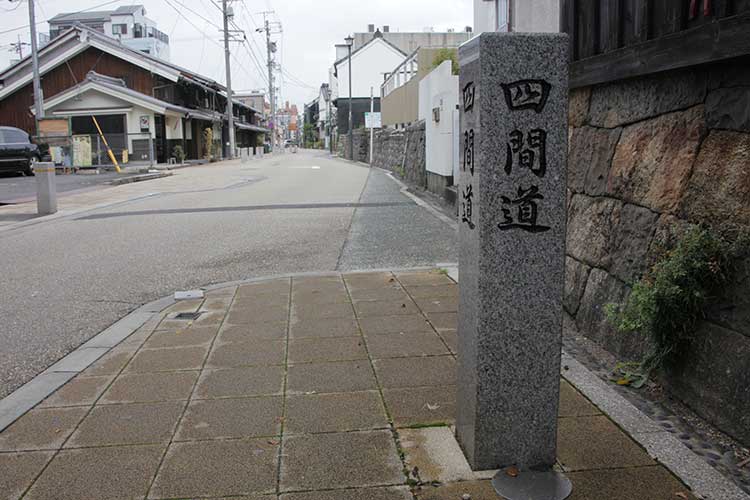
Shike-michi(path)
-
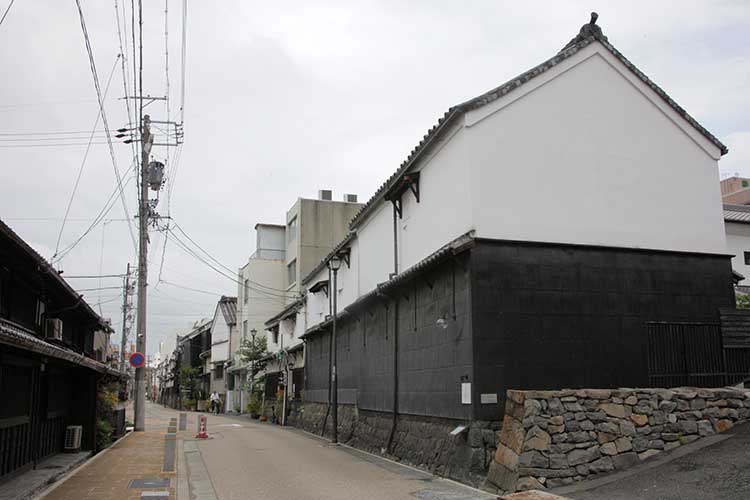
Shike-michi(path)
-
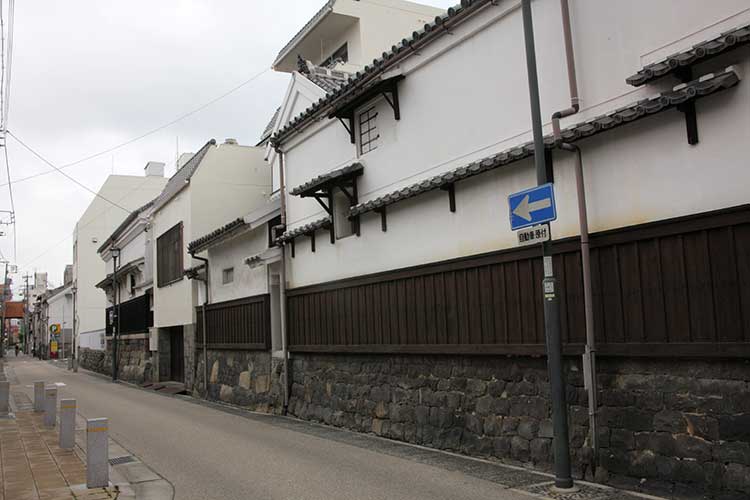
Shike-michi(path))
-
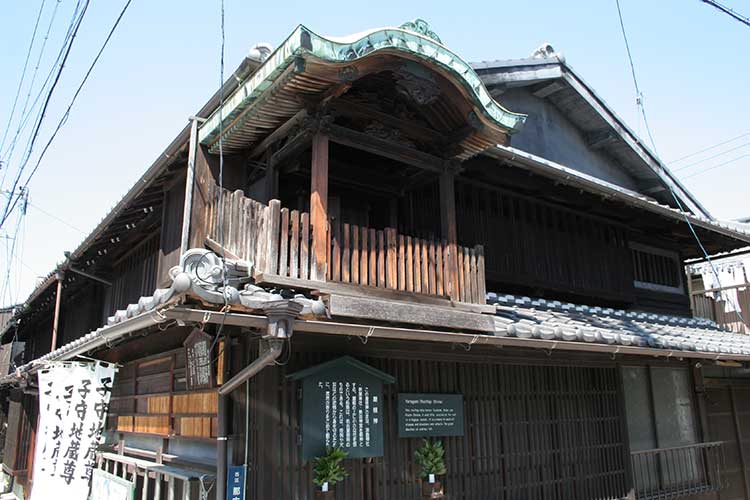
Yane-gami(a small shrine on a roof)
-
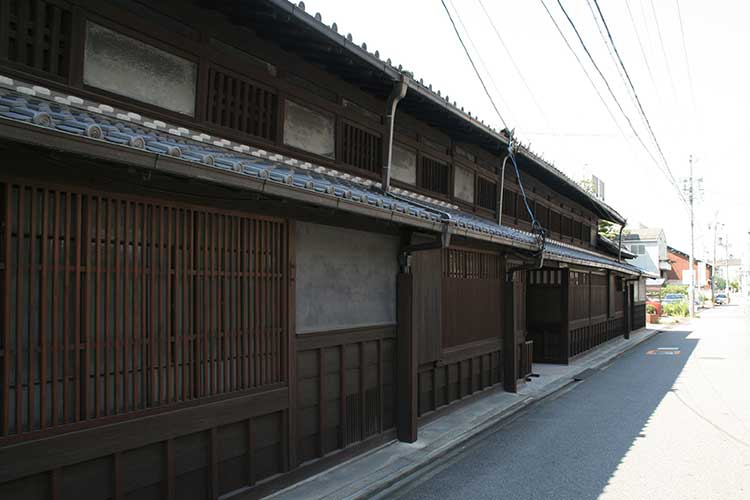
Ito family's residence
-
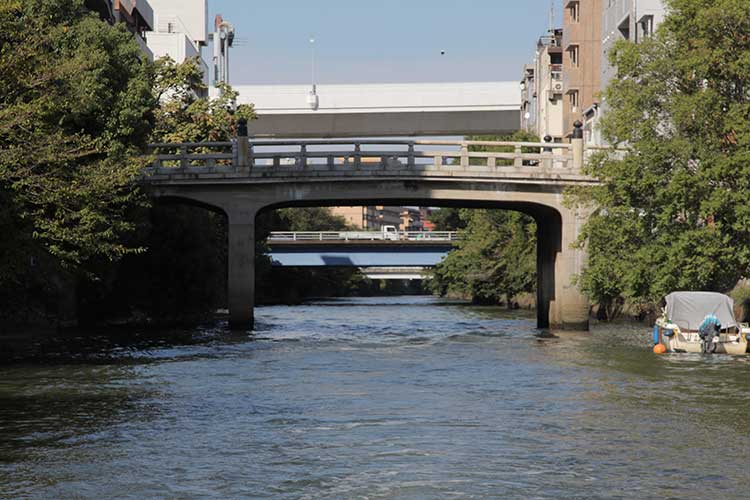
Gojo-bashi(bridge)
-
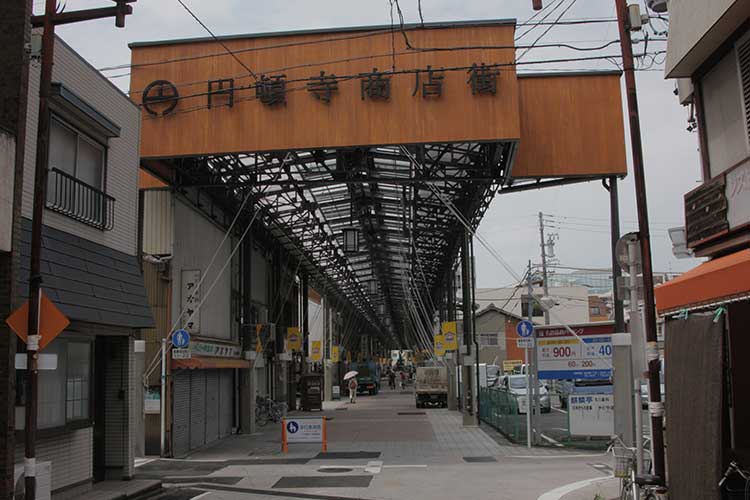
Endoji shopping street
-
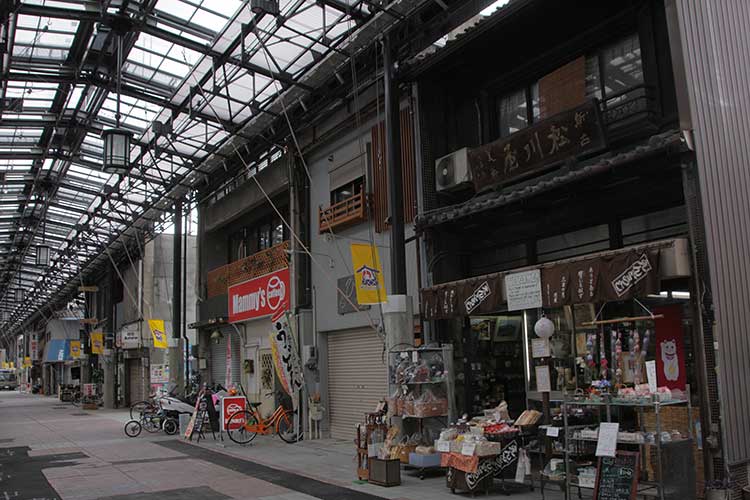
Endoji shopping street
-
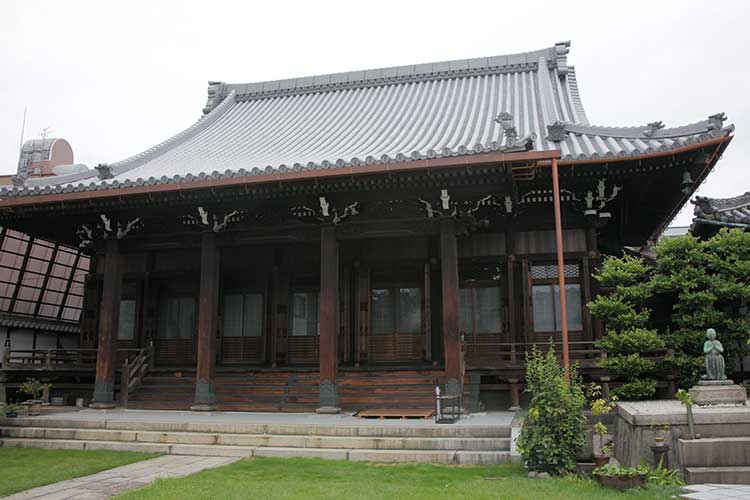
Keieiji(temple)
-
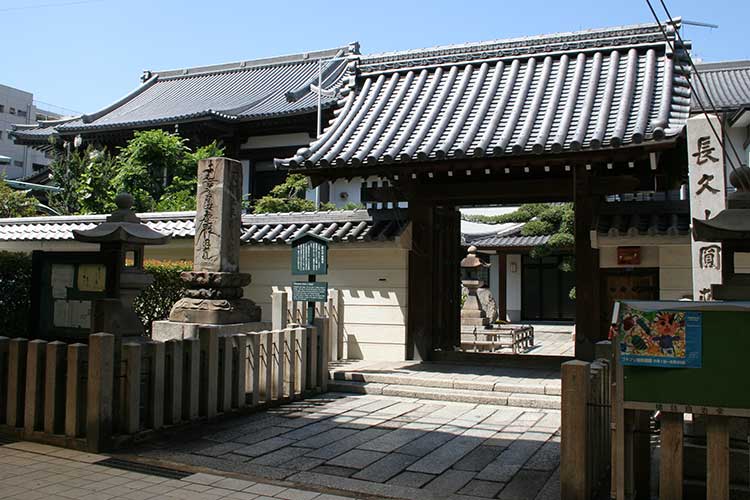
Endoji(temple)
-
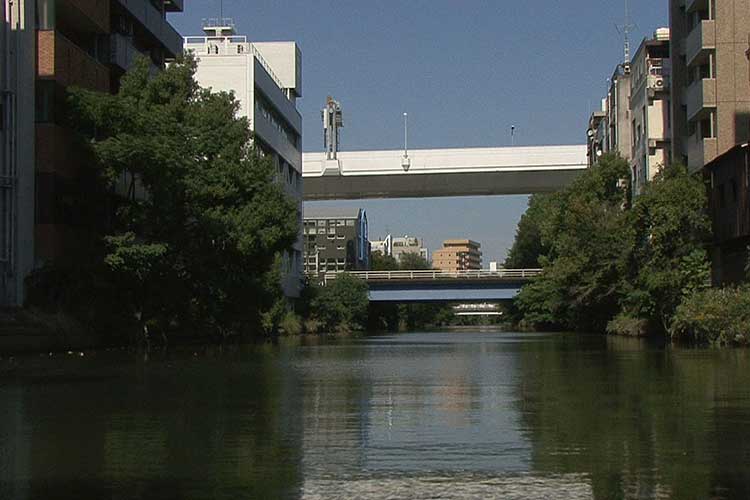
Keiun-bashi(bridge)
-
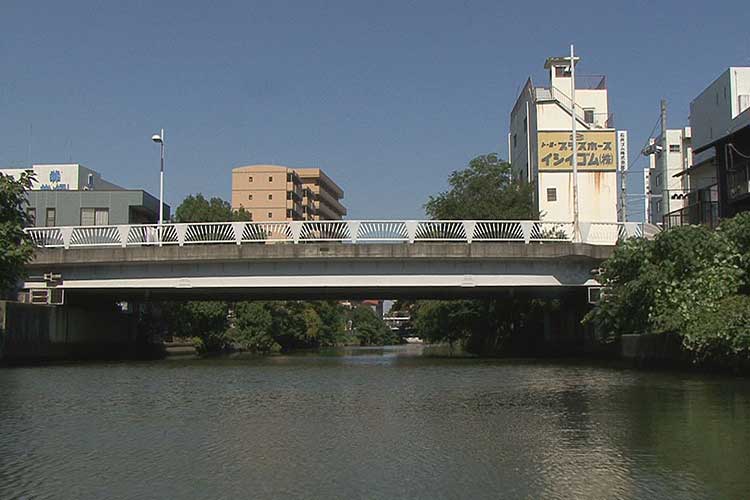
Oguri-bashi(bridge)
-
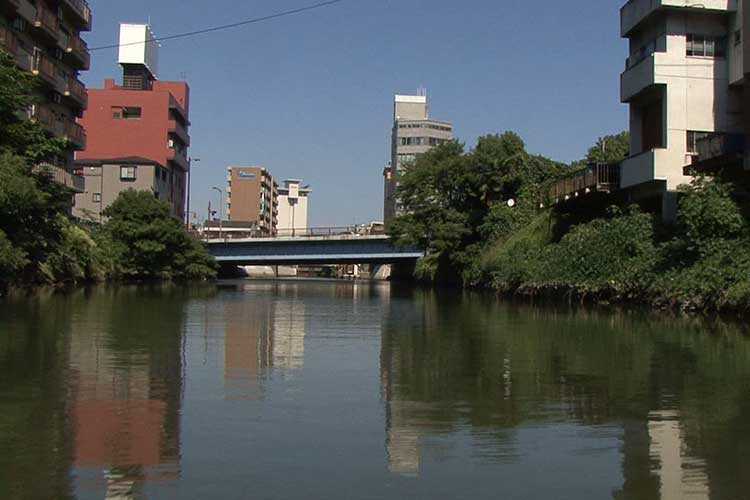
Habashita-bashi(bridge)
-
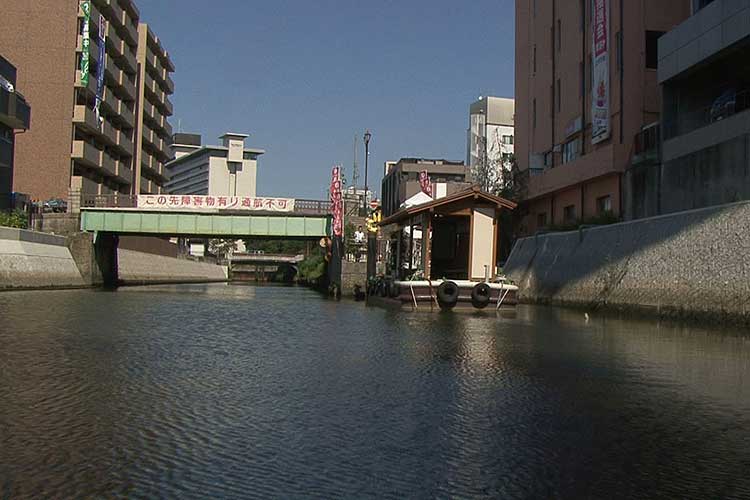
Asahi-bashi(bridge)

